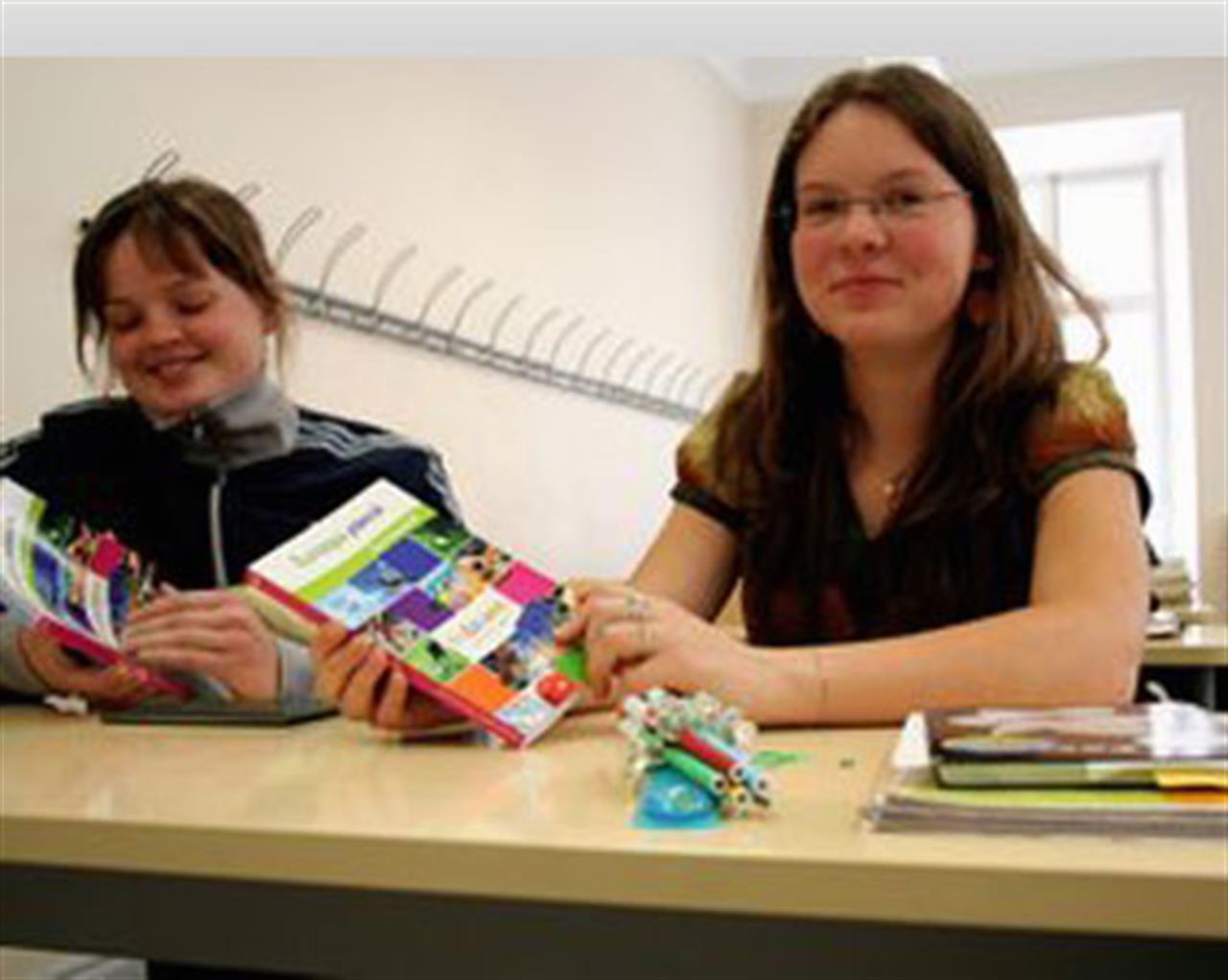Politica
“Europa Diary”: Bringing Europe to schools
The EC and EESC celebrate a signing ceremony on October 21 of the Europa Diary project in Brussels.

Opening Europe to schools by teaching European values and rights to pupils aged 15 to 18. This is the aim of Europa Diary, a practical handbook geared at introducing young people to what the EU offers them. From travel to nutrition, shopping to climate change, drugs to human rights, the Europa Diary, which is printed in 22 languages and distributed free of charge to over 18 thousand schools in all 27 European Union countries, tackles all the challenges and opportunities faced by young Europeans today.
The project is launched by the Directorate General for Health and Consumer Affairs (DG SANCO) and the European Commission and is financed by both the EC and the European Economic and Social Committee. On October 21 EESC President Dimitris Dimitriadis will welcome representatives of the European Commission’s DG SANCO and the organisation Generation Europe for a signing ceremony of the ‘Europa Diary’ in Brussels.
The Europa Diary is accompanied by a teacher’s guide that contains background information on different consumer topics, exercises to test students’ understanding, questions for discussion and suggested research projects.
The Europa Diary and the teacher’s guide are available in all EU languages. They are distributed to schools for free, on a first come, first served basis.
The Commission’s priorities in education
– To educateyoung people, who are a vulnerable target group, and who will be the consumers and the parents of tomorrow.
– To educate vulnerable adults in cooperation with adult education institutions and social services.
– To fill the existing gap at university level in consumer protection.
– To continue cooperation with DG Education and Culture in order to integrate consumers’ interests into the EU education policies.
Find out more
17 centesimi al giorno sono troppi?
Poco più di un euro a settimana, un caffè al bar o forse meno. 60 euro l’anno per tutti i contenuti di VITA, gli articoli online senza pubblicità, i magazine, le newsletter, i podcast, le infografiche e i libri digitali. Ma soprattutto per aiutarci a raccontare il sociale con sempre maggiore forza e incisività.
